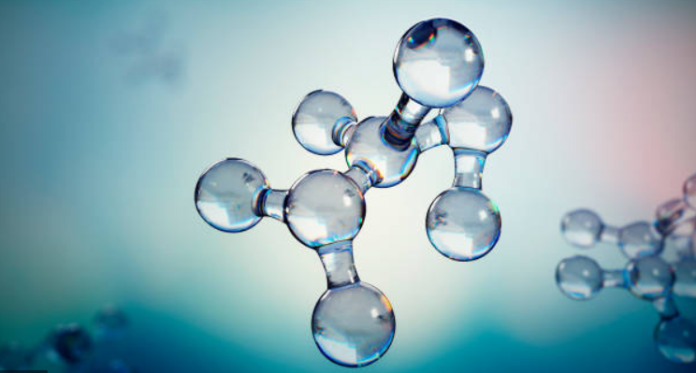Polymer: The actual meaning of polymer is Many Parts. It is a collection of small units (mers) joined together either naturally or synthetically to produce polymers or macromolecules. Mer: A unit group of atoms and molecules that defines a characteristic arrangement for a Polymer.
Monomer: A monomer is a simple molecule with two or more binding sites through which it forms a covalent linkage with other monomer molecules to form the macromolecules. Polymers are made by the building blocks known as Monomers. Monomers are the building blocks of Polymer.
All the simple molecules cannot behave as monomers e.g., molecules like ammonia, water, ethanol, etc. are not monomers. Only molecules with two or more bonding sites can act as monomers. Example: alkenes, vinyl chloride, adipic acid, glycol with the bonding sites act as monomers.
Polymerization is a chemical reaction in which a monomer is converted to the polymer under specific conditions. Degree of Polymerisation: The size of the polymer depends on the number of repeating monomers constituting it the degree of polymerization is determined by dividing the molecular weight of the polymer by the monomer weight.
Classification of Polymers Based on the following:
- Source/origin
- Molecular forces
- Structure
- Synthesis
Classification on the basis of Sources/origin:
Natural Polymer: Substances that occur naturally i.e., it found mainly in plants and animals. E.g., enzymes, silk, natural rubber, cellulose, haemoglobin, starch, and protein, etc.
Synthetic Polymer: It is manufactured in laboratory and they are completely man made.
Semi-Synthetic Polymer: They are derived chemically with the use of the natural polymer. E.g, vulcanized rubber, nitrocellulose, cellulose xanthate, etc.
Classification of Polymers on the basis of Molecular forces:
Elastomers: They possess elastic characteristic and they have very weak intermolecular forces.
Fibers: They are used for making fibers. E.g., Nylon-6,6, Polyacrylonitrile (orlon), etc. They have quite stronger intermolecular forces like hydrogen bonds.
Thermoplastics: They neither have very strong or very weak intermolecular forces. They can be recycled, they do not have cross-links between the chains.
Thermosetting: They have extensive cross-links are formed between the polymeric chain on heating. They cannot be reused because they undergo permanent changes. E.g., bakelite, resin, etc.
Classification of Polymer based on Structure:
Linear Polymers: In this type of Polymer, Monomers are joined together to form straight chains e.g., PVC, Polystyrene, nylons etc.
Branched-chain polymer: In a branched-chain polymer, monomers are joined to form irregularly packed polymers having branched chains e.g., amylopectin, glycogen, starch, etc.
Cross Linked Polymer : Initially formed linear polymer chains are joined together to form a three dimensional network structure.
Network Polymer: Any monomer having three or more active covalent bonds, creates a 3-Dimensional network, these polymers are termed network polymer.
Classification based on the Synthesis:
Addition Polymers: These polymers are formed by the addition of monomers without the elimination of by-products. E.g., Polythene, PVC, etc.
Condensation Polymers: These polymers are formed by the combination of monomers with the elimination of simple molecules like water, alcohol, ammonia, etc. Examples of condensation polymers are Dacron, nylon-6,6, etc.




